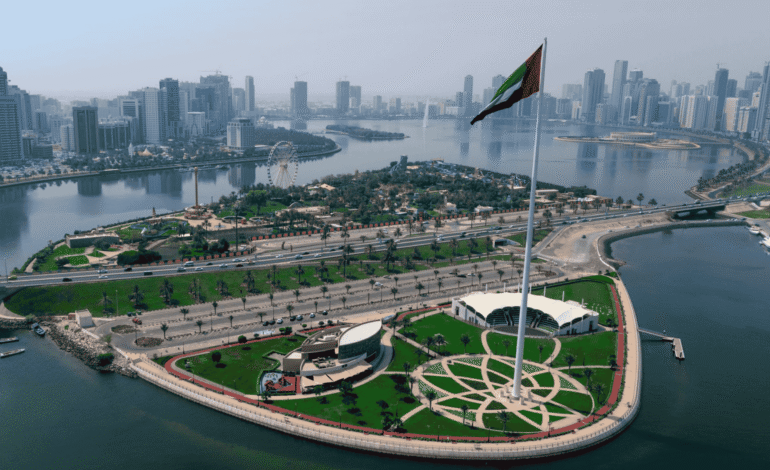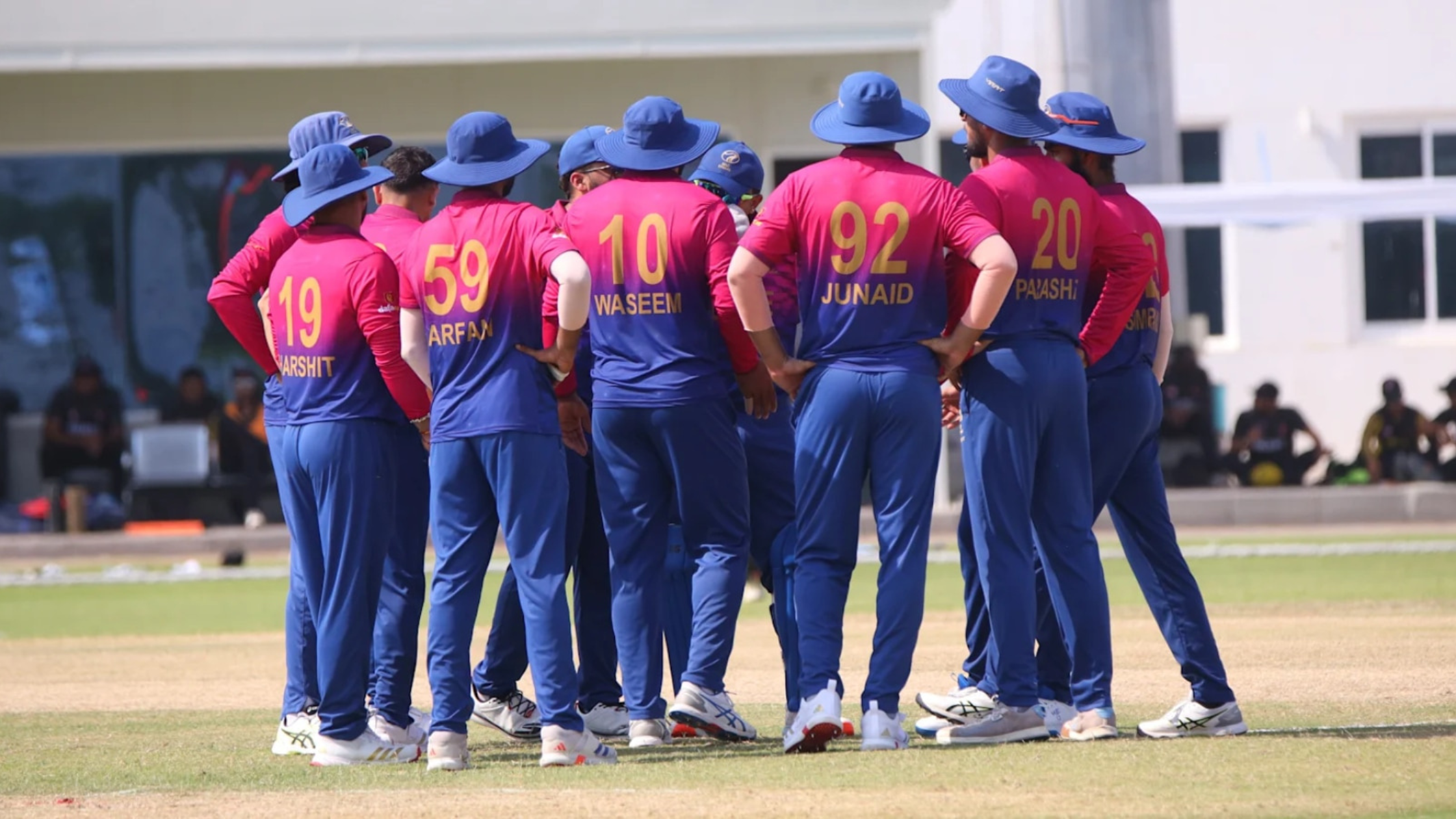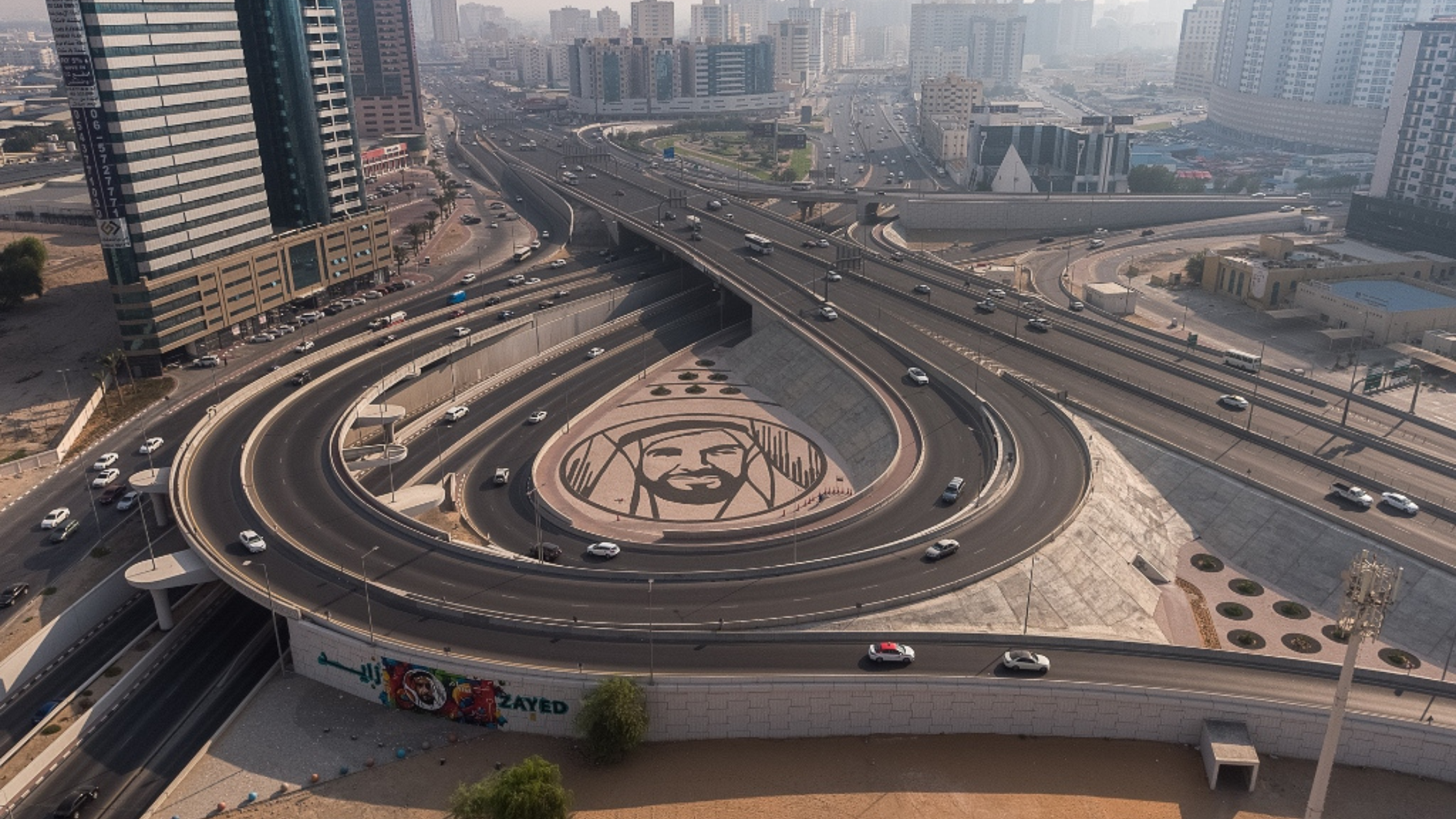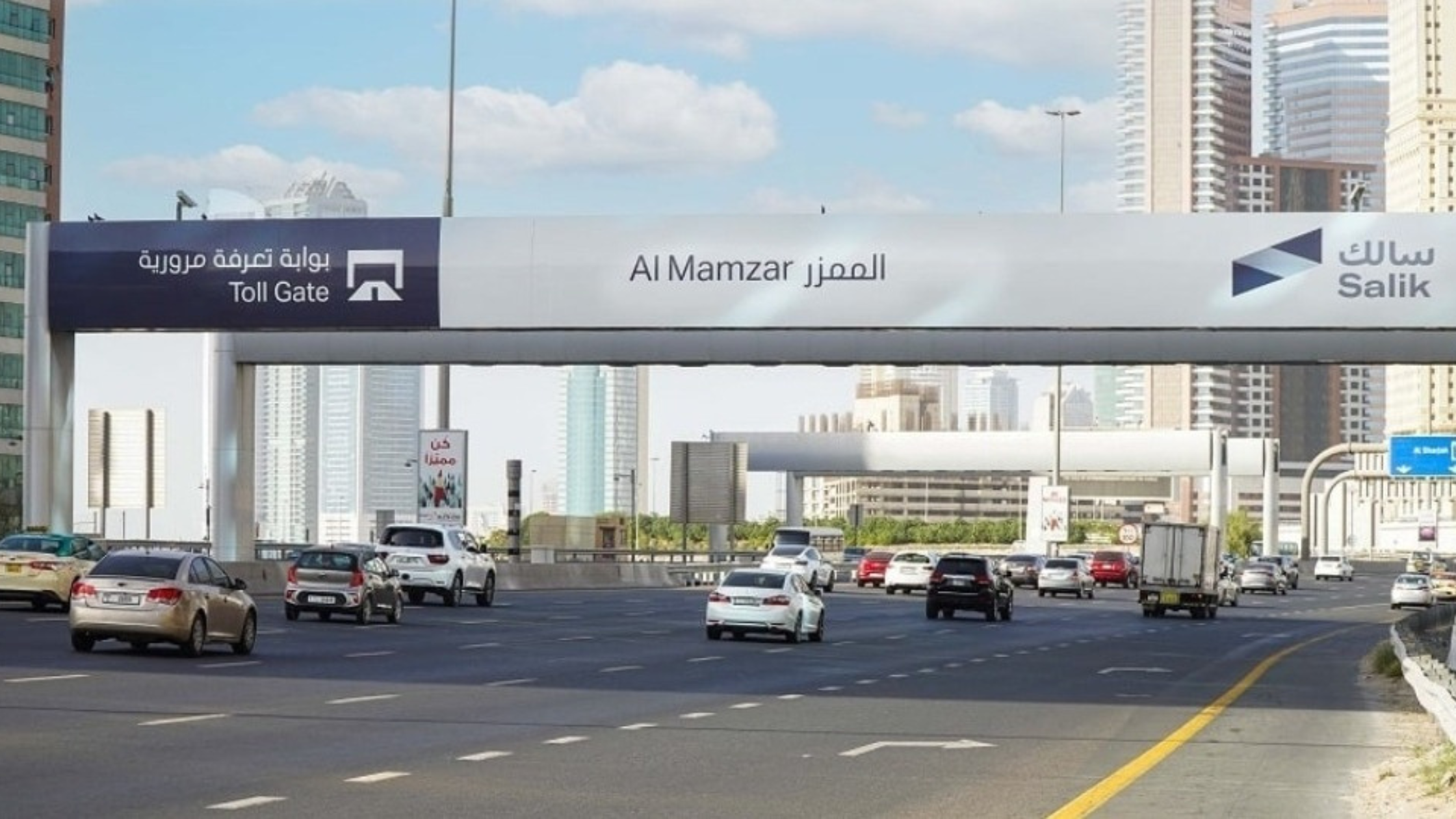Sharjah Transforms Urban Mobility with Smart Road Infrastructure Upgrade

Responding to Urban Growth with Vision and Precision
In response to the rapid urban growth and escalating traffic demands in the emirate, a comprehensive plan aimed at improving Sharjah’s road infrastructure is now in motion. Eng. Yousef Khamis Al Othmani, Chairman of the Sharjah Roads and Transport Authority (SRTA), unveiled a visionary roadmap designed to transform key roadways. The overarching strategy is to convert existing single-lane roads into dual carriageways, ensuring they are seamlessly linked with major roads. This ambitious initiative is intended to optimize traffic flow, reduce congestion, and meet the expanding needs of Sharjah’s diverse population.
The plan is a clear reflection of the emirate’s commitment to modernizing its infrastructure in line with rapid urban development. As Sharjah continues to attract new investments, residents, and businesses, ensuring a robust and efficient transport network is paramount. The project, guided by the strategic directives of His Highness Dr. Sheikh Sultan Bin Mohammed Al Qasimi, Supreme Council Member and Ruler of Sharjah, is set to revolutionize daily commuting and improve overall road safety and user comfort.
A Strategic Vision for Modern Road Infrastructure
At the heart of this plan lies a forward-thinking vision to address both current traffic challenges and future urban expansion. The conversion of single-lane roads into dual carriageways is not just a remedy for existing congestion issues but is an investment in a modern, sustainable future for Sharjah. By integrating these upgraded roads directly with main routes, such as Emirates Road, the SRTA is creating a network that promises smoother transitions, reduced travel times, and enhanced connectivity across the emirate.
Eng. Yousef Khamis Al Othmani emphasized that these infrastructure improvements are essential to maintaining Sharjah’s competitive edge as it evolves into a dynamic urban center. The initiative is designed to be proactive, anticipating not only the current transportation needs but also addressing the demands of a growing population that looks to efficient mobility as the backbone of economic and social development.
Abu Amr Al Basri Street: A Catalyst for Change
One of the flagship projects completed under this extensive plan is the transformation of Abu Amr Al Basri Street in the Al Rahmaniya suburb. This project stands as a tangible example of what the comprehensive road infrastructure plan can achieve. Previously operating as a congested single-lane road, Abu Amr Al Basri Street has been developed into a modern dual carriageway featuring two lanes in each direction. This roadway now directly connects to Emirates Road, one of the region’s primary thoroughfares.
The redevelopment of Abu Amr Al Basri Street has already made a noticeable impact. It has significantly improved the flow of traffic, especially around the busy Rahmaniya Mall area, and has provided residents, shoppers, and commuters with a more efficient and safer route. This transformation has not only alleviated local congestion but also underscored the broader benefits of such infrastructural enhancements. With smoother traffic movement and faster transit times, overall commuter satisfaction has improved, contributing to the emirate’s image as a forward-thinking, progressive urban center.
The Expansion Plan: Connecting Al Shaghrafa and Kshisha
Looking ahead, SRTA has set its sights on additional areas that require critical upgrades to meet future transportation demands. One notable project involves the conversion of the road that links the Al Shaghrafa and Kshisha areas. As traffic volumes continue to rise in these rapidly developing districts, it has become essential to expand existing routes to accommodate the increased number of vehicles.
Scheduled to begin before the end of this year, the conversion of the road connecting Al Shaghrafa and Kshisha is a vital component of the broader infrastructure plan. By expanding this particular road into a dual carriageway, the SRTA aims to improve connectivity between residential zones and major commercial arteries. This targeted improvement is expected to not only streamline local traffic but also alleviate systemic congestion that affects the overall transport network in the emirate.
Leadership at the Forefront of Infrastructure Transformation
The progress and future direction of the road infrastructure projects in Sharjah are guided by the firm directives of His Highness Dr. Sheikh Sultan Bin Mohammed Al Qasimi. His Highness, a Supreme Council Member and Ruler of Sharjah, has consistently placed a high priority on infrastructure development, especially in densely populated and rapidly urbanizing areas. This strategic vision forms the backbone of the current road improvement initiatives.
Eng. Yousef Khamis Al Othmani highlighted that every project undertaken by the SRTA is in strict alignment with the leadership’s comprehensive plan to enhance public transportation. The focus is on not only increasing the number of lanes but also ensuring that all roadways meet modern engineering standards. This includes the incorporation of improved lighting, advanced traffic signal systems, and robust safety features, all designed to provide a secure and efficient driving experience for residents and visitors alike.
Enhancing Road User Comfort and Safety Standards
Central to the SRTA’s roadmap is the commitment to improving the comfort and safety of road users. Modern road design now goes beyond mere functionality; it is also about creating environments that ensure a higher quality of life for all who travel. In this initiative, every detail is meticulously planned to enhance driving comfort, from smoother lane transitions to thoughtful placement of signage and pedestrian crossings.
The conversion of roads into dual carriageways not only increases capacity but also minimizes the risk of collisions by reducing points of conflict where vehicles intersect. Improved road surfaces, better drainage systems, and strategically placed safety barriers further contribute to a safer travel environment. These enhancements are set to reduce accident rates, facilitate emergency responses, and provide a level of security that reassures commuters during both day and night.
Moreover, SRTA’s ongoing commitment to regular maintenance and upgrades ensures that these new standards of road safety and comfort remain consistently high. The move to adopt a fixed work plan illustrates that the authority is not merely reacting to existing problems but is strategically planning for a future where road safety and user comfort are continually enhanced through proactive infrastructure management.
Systematic Planning for Sustainable Urban Mobility
An integral part of the current infrastructure upgrade is the systematic work plan adopted by SRTA. This plan is characterized by its consistent scheduling of projects that open new lanes and extend road networks in a manner that anticipates future urban needs. The authorities are keen to implement improvements that keep pace with Sharjah’s rapid population growth and urban sprawl.
This fixed strategic plan ensures that every project is methodically planned, taking into account demographic trends, traffic patterns, and environmental factors. The systematic approach enables city planners to coordinate efforts across various departments, ensuring that the development of road networks is synchronized with other urban planning initiatives. The integration of transportation planning with urban development policies means that as new residential and commercial areas emerge, they are immediately supported by a robust infrastructure that facilitates seamless mobility.
This foresight in planning is a critical aspect of the project’s overall success. By adopting a long-term view, SRTA is ensuring that Sharjah’s roads are not only fit for today’s demands but are also adaptable to the technological and demographic changes expected in the coming decades.
Adapting to a Growing Population and Dynamic Urban Needs
Sharjah’s growth in both population and urban development brings with it unique challenges that directly influence transportation needs. With new residential areas, shopping centers, and commercial hubs emerging at a steady pace, the pressure on existing roads has intensified. In response, the comprehensive road network upgrade is designed to provide a scalable solution that adapts to current and future demands.
The conversion of single-lane roads into dual carriageways addresses the acute problems of traffic congestion and inefficient travel routes. This evolution is driven by the necessity to ensure that residents can commute easily and reliably, while also supporting the economic activities that underpin the emirate’s growth. By reducing travel times and easing congestion, the road upgrades are expected to result in broader socioeconomic benefits. Reduced congestion contributes to lower fuel consumption, less vehicular pollution, and ultimately, a higher quality of life for the inhabitants of Sharjah.
These infrastructural improvements demonstrate the emirate’s commitment to smart and sustainable urban planning. They represent a balancing act between immediate transport needs and the foresight required to accommodate long-term development trends. The goal is to build a road network that not only serves today’s commuters but also forms the backbone of Sharjah’s future as a vibrant, modern city.
Strategic Connectivity with Emirates Road
A central feature of Sharjah’s infrastructure strategy is the enhanced connectivity with Emirates Road. Emirates Road is one of the nation’s most pivotal highways, serving as a major corridor for inter-emirate travel as well as local commuting. By ensuring that newly upgraded roads are directly linked to this major highway, SRTA is effectively integrating local road networks with national transport systems.
The improved connectivity with Emirates Road plays a crucial role in dispersing local traffic, as it provides an efficient outlet for vehicles to bypass congested urban centers. This not only improves the overall travel experience for Sharjah’s residents but also facilitates smoother logistics operations, thereby boosting regional commerce. The integration of local and arterial roads is designed to create a cohesive transportation network that minimizes bottlenecks and maximizes fluidity across different road systems.
This strategic connection further underscores the comprehensive nature of the project. It is not solely about enhancing individual roads but about creating a seamless, interconnected network that supports the wider movement of people and goods. The result is a modern, resilient transport system that underpins both local and regional connectivity.
Aligning Infrastructure Developments with Future Technologies
In addition to addressing immediate traffic concerns, Sharjah’s road transformation initiative is designed with an eye toward future technological advancements. Modern infrastructure is being increasingly developed to accommodate cutting-edge technologies, such as smart traffic management systems and autonomous vehicles. With provisions for intelligent transport systems (ITS), upgraded roads are likely to incorporate features that enhance real-time traffic monitoring and management.
These technological enhancements will further optimize traffic flow by providing dynamic responses to congestion and other road-related challenges. As Sharjah embraces a future that is more digital and connected, its upgraded road network is expected to serve as a test-bed for innovative transport solutions. The integration of advanced technology into the road design ensures that the infrastructure remains state-of-the-art and adaptable to unforeseen future developments.
By embedding flexibility into its projects, SRTA is laying the groundwork for a smarter, more responsive transportation system. This forward-thinking approach aligns with global best practices and positions Sharjah as a leader in the evolution of urban mobility.
Commitment to Sustainable Development and Environmental Considerations
Sharjah’s comprehensive road infrastructure plan also emphasizes sustainability and environmental responsibility. Upgrading roads is being carried out with careful attention to reducing environmental impacts. Modern construction techniques, improved materials, and smart design principles all contribute to reducing carbon footprints and increasing overall energy efficiency on the roads.
The enhanced road network is designed to facilitate smoother traffic flow, which in turn reduces the amount of time vehicles spend idling. This reduction in idling not only minimizes fuel consumption but also helps lower emissions, a key benefit that supports the emirate’s broader environmental goals. The integration of sustainable practices within urban infrastructure projects reflects Sharjah’s commitment to building a greener, more resilient future.
Building Confidence Through a Transparent Work Plan
Ensuring public trust in the development process is a key factor in the success of any large-scale infrastructure project. The SRTA has adopted a transparent, fixed work plan that lays out detailed schedules and clearly defined targets for each phase of the road network upgrades. This systematic approach not only builds confidence among residents but also enables effective monitoring and management of projects.
Regular updates on progress, combined with the authority’s commitment to quality and safety, have reassured the community that every project is executed with precision and accountability. This trust is vital for maintaining public support and ensuring the long-term sustainability of infrastructure investments. Eng. Yousef Khamis Al Othmani has repeatedly underscored the importance of adherence to this work plan, highlighting that each stage is crucial for the overall success of the transformation.
Integrating Road Development with Wider Urban Revitalization
The ongoing efforts to upgrade Sharjah’s road infrastructure are closely aligned with wider urban revitalization programs. As the emirate continues to undergo rapid modernization, the development of a robust transport network is central to supporting new economic, social, and cultural initiatives. The strategic enhancements in road connectivity underpin several related urban projects that contribute to a more balanced and modern cityscape.
By providing residents with efficient, safe, and accessible roadways, the upgraded infrastructure lays the foundation for increased investment in housing, commerce, and public services. The transformation of key thoroughfares bolsters the emirate’s image as a well-connected, forward-looking hub that values progress while preserving the quality of urban life.
Embracing the Future: A Roadmap for Ongoing Success
Sharjah’s comprehensive road network upgrade is more than a mere improvement in transportation. It is a dynamic project that encapsulates the emirate’s vision of growth, sustainability, and modern urban living. By converting single-lane roads into dual carriageways and ensuring their seamless connectivity to major highways like Emirates Road, SRTA is ensuring that Sharjah remains adaptable to future challenges and opportunities.
This expansive initiative, under the leadership of Eng. Yousef Khamis Al Othmani, guided by the directives of His Highness Dr. Sheikh Sultan Bin Mohammed Al Qasimi, represents a bold step forward in urban development. It is a strategic investment in the future of Sharjah—a future characterized by enhanced connectivity, reduced congestion, and improved road safety for all.







